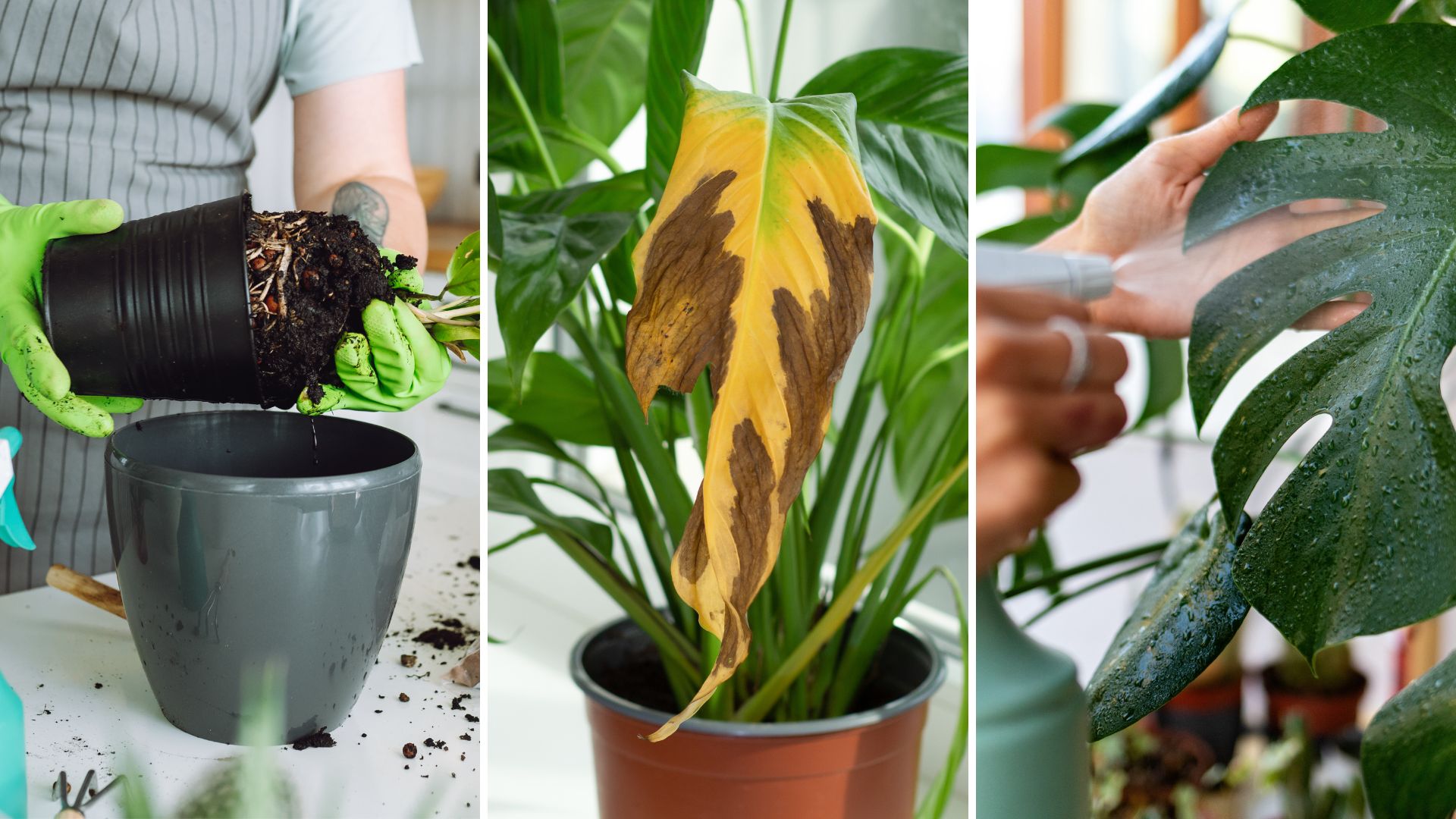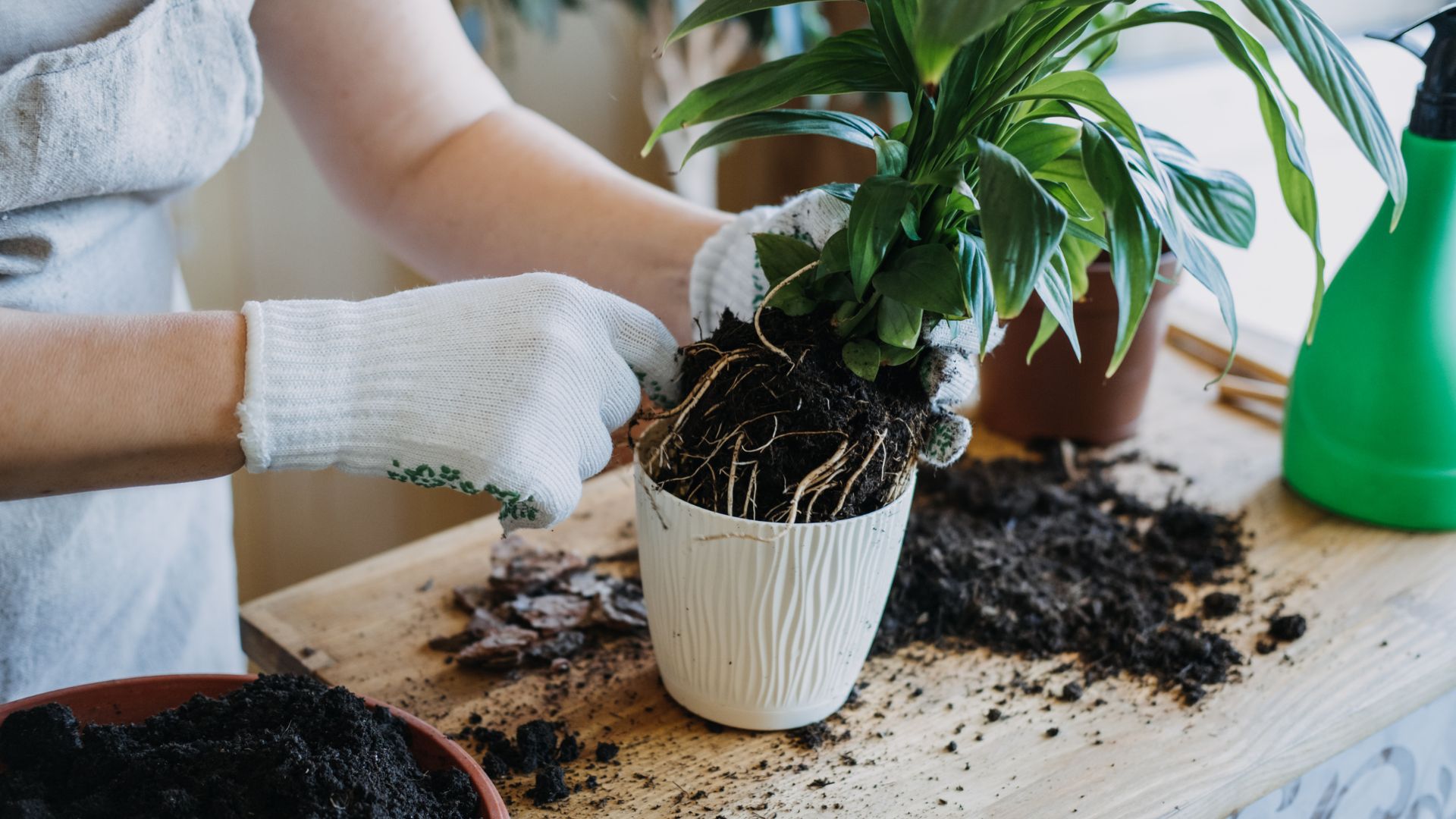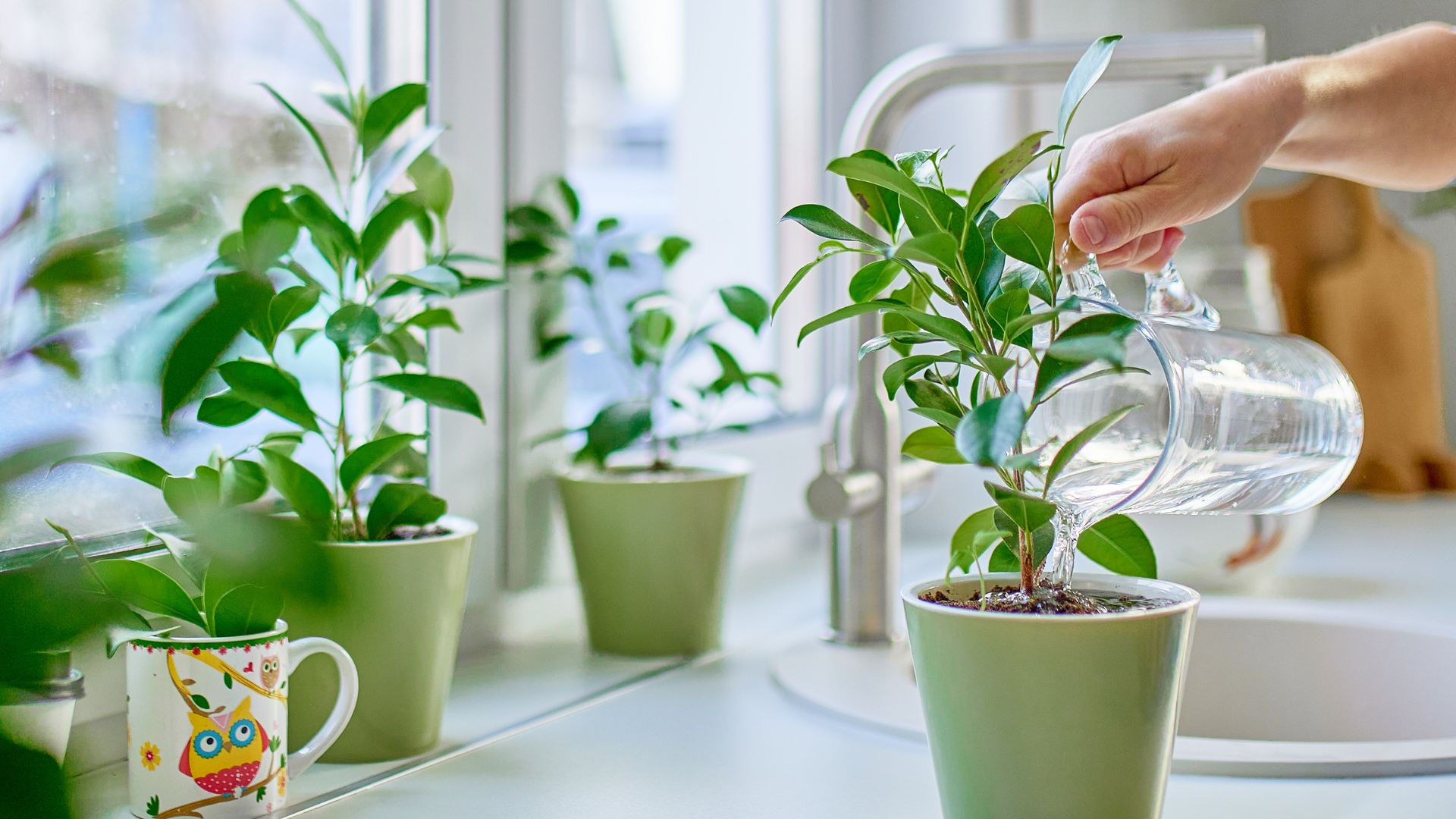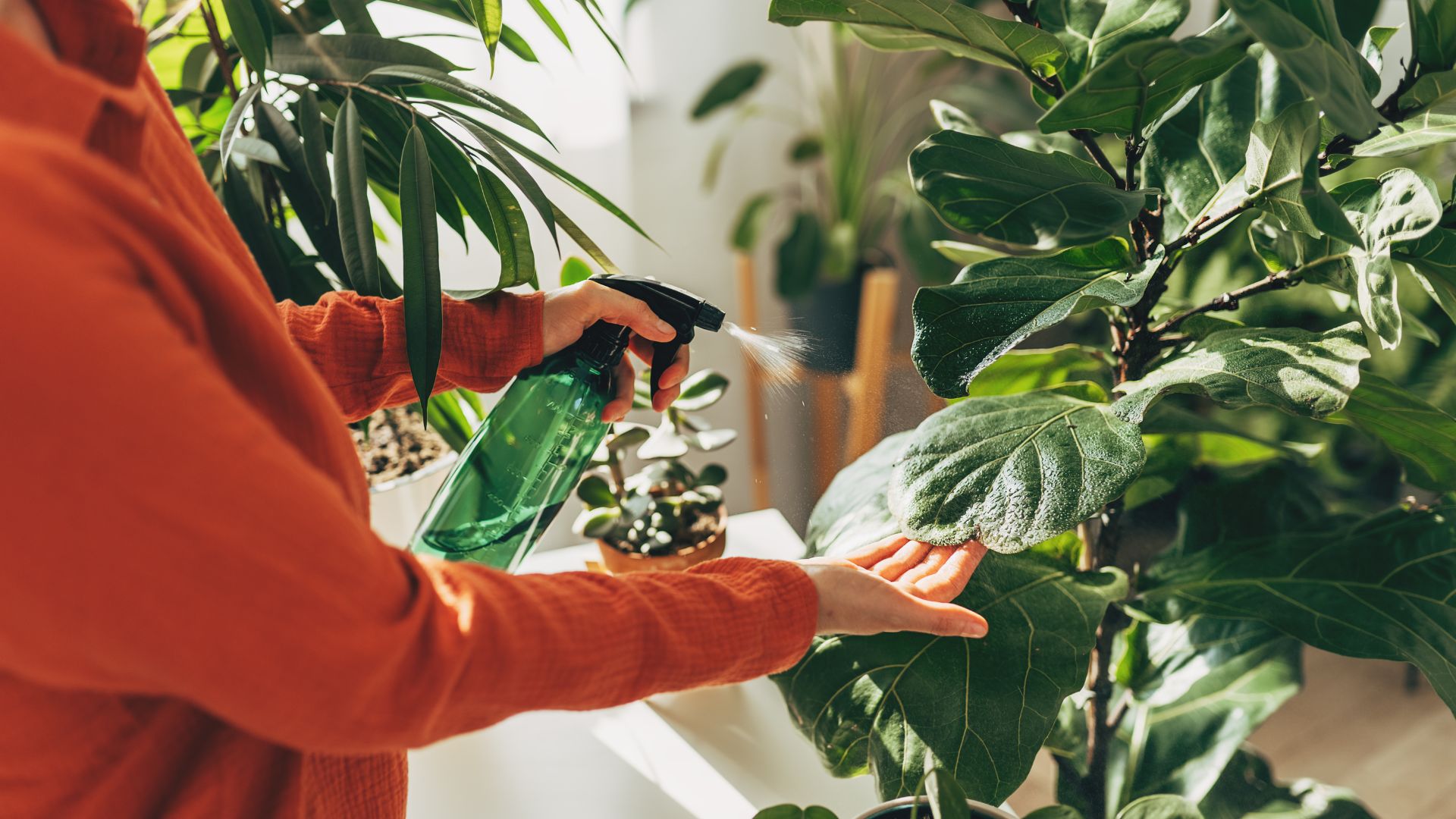
We're probably all guilty of falling for these common houseplant myths. Plant experts have shared the most common misconceptions when caring for indoor plants, and some of them may surprise you.
While you may have mastered the art of avoiding houseplant mistakes and consider yourself a fantastic plant owner, it's too easy to believe common misinformation. Even looking after indoor plants can be more confusing than you'd expect.
Although practising these myths may not fatally harm your houseplants, it's important to know if they're beneficial or a waste of time. This is why we've asked plant experts to reveal the most common houseplant myths and, most importantly, ask them why they should be avoided.
6 common houseplant myths to avoid falling for
Even if you choose the easiest plants to keep alive, you can still get things wrong. Whether that's following a misleading care guide or trying out a 'viral' houseplant trick that does more damage than good, there is a lot of misinformation out there – the orchid Ice cube watering trick is a prime example
That's why we always ask plant experts for their professional advice when caring for our beloved leafy friends, and here they've revealed the top houseplant myths you should avoid.
1. Bigger pots will make plants grow faster

For those who prefer faster-growing houseplants and want a quicker route for making your home look lush, you might have tried this trick.
"A common misconception is that placing a plant in a bigger pot will make it grow faster," explains Graham Smith, MCIHort, horticulture expert at LBS Horticulture.
"Although plants do need to have enough space for their roots to be able to spread, being in an overly large pot can hinder their growth. Bigger pots can retain more moisture, which can contribute to overwatering or cause root rot," he continues.
That's why it is important to know when to repot your houseplant and when not to do it too soon or too late.
2. Your plant yellowing means it's dying
You might've noticed your orchid's leaves yellowing or even wondered why your peace lily has brown tips all of a sudden. Yellowing and browning leaves are extremely common however, they aren't a sign that your plant's days are numbered.
"A common misconception is that yellowing, browning, crispy leaves, or leaf shedding mean your plant is dying," says Emma Sibley, Founder of London Terrariums. "Shedding is a natural part of the plant’s lifecycle, not necessarily a sign of distress."
3. You should water plants once a week

Knowing how often to water your indoor plants is key to their survival and growth. Watering either too much or too little won't just stop your plant from thriving but can lead to it dying.
The myth that plants only need water once a week is incorrect. "Plants have differing water requirements," says Jane Dobbs, lead gardener at Allan's Gardeners. "Watering frequency is affected by a variety of factors such as species, light exposure, humidity, and season. Typically, overwatering occurs more often than underwatering."
Different plant species require different watering routines and varying ways of being watered. For example, caring for a tropical plant like a bird of paradise is completely different from caring for a bonsai tree.
4. Succulents don't need a lot of water
Although they're one of the most popular plants to buy, a lot of people don't know how often you should water succulents and cacti.
"Succulents are popular houseplants as they can survive periods of drought and store water in their leaves," points out Graham.
"Although they are adapted to survive in dry conditions, they should still be watered often and thoroughly. When watering a succulent, ensure that the soil is soaked and leave it to dry out before watering again," he adds.
5. Misting plants increases their humidity

Some more tropical, plant species will thrive better in more humid conditions, and misting is often recommended to create this humidity. However, sometimes misting isn't quite enough.
"A common misconception is that misting plants can significantly increase humidity," says Jane. "Indeed, misting can temporarily boost moisture, but it does not produce long-term humidity. It's more effective to use a humidifier or place a tray of water with pebbles near the plant."
So, while you'd usually try to reduce humidity in your home, adding a small humidifier near your tropical houseplants will make a genuine difference in their health and growth.
6. You need to add rocks for plant drainage
Adding drainage in one way or another when repotting your houseplants is a widely recommended step. And yet, opting for certain drainage solutions can cause more harm than good.
"A common mistake is that adding a layer of rocks or similar material to the bottom of a houseplant's pot will improve drainage," says Graham.
"However, it can have the opposite effect. The rocks cause water to pool at the bottom of the soil layer instead of the water flowing out, meaning that the water will remain in the soil and leave it saturated," he continues.
Graham explains that the water will eventually run into the rock once the soil is saturated, but at that point, the soil will have been too wet for too long. Instead, he recommends using pots with drainage holes and always allowing soil to dry out before watering again.
FAQs
What's the most common houseplant myth?
It may not surprise you that the most common houseplant myth is the belief that drought-resistant plants like succulents don't need to be watered regularly.
"One of the most common houseplant myths is that cacti never need watering," says Emma. "As mentioned above, while they do require less water because they store it in their stems, they still need a proper watering schedule. This will vary depending on the time of year and the plant’s location."
Whilst they may be the easy-going plants you can have in your home, they still require attention and watering, so don't forget them.
With these various myths in mind, it's important to make sure you're in the know of each of your plants' care requirements. Unfortunately, houseplant care is not a one-size-fits-all situation.







